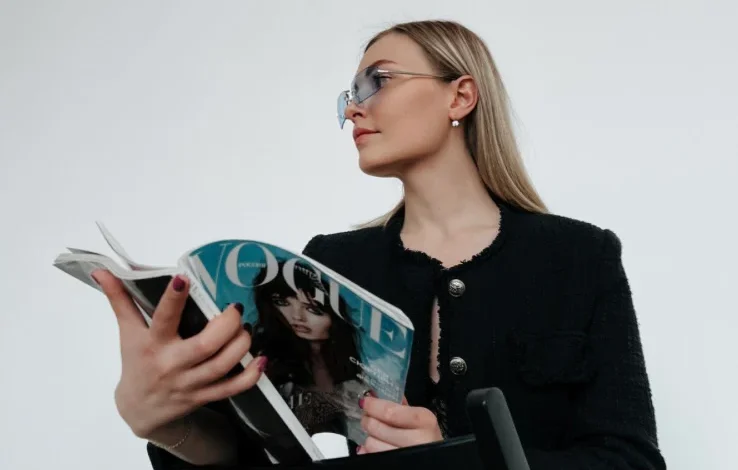The Evolution of Women’s Apparel: A Journey Through Time and Trends

Introduction
In the ever-changing landscape of fashion, women’s apparel clothing has undergone a fascinating evolution. From the restrictive corsets of the Victorian era to the liberating styles of the modern age, the journey of women’s clothing reflects societal shifts, cultural movements, and a constant quest for self-expression.
The Victorian Era: Corsets and Constrictions
The 19th century marked an era of modesty and strict social norms. Women’s apparel during this time was characterized by corsets, crinolines, and floor-length dresses. The emphasis was on an hourglass figure achieved through tight lacing of corsets, which, although fashionable, posed health risks and limited women’s mobility.
The Roaring Twenties: Flappers and Freedom
The 1920s brought a breath of fresh air to women’s fashion. The flapper style emerged, featuring shorter hemlines, dropped waists, and a more relaxed silhouette. This era symbolized a shift towards women’s liberation, as they embraced a more active lifestyle and challenged societal norms. The iconic flapper dress became a symbol of independence and rebellion.
World War II: Utility and Practicality
The impact of World War II was evident in every aspect of life, including fashion. With resources redirected towards the war effort, women’s apparel became more practical and utilitarian. Utility dresses and separates with a focus on functionality gained popularity. The war era marked a shift towards clothing that suited the needs of working women, reflecting their contributions to the workforce.
The 1950s: Femininity and Elegance
Post-war prosperity in the 1950s saw a return to more feminine and glamorous styles. The hourglass figure regained popularity, and full skirts, cinched waists, and petticoats became staples of women’s fashion. This era celebrated traditional gender roles, with women often portrayed as homemakers. The iconic poodle skirt and tailored suits defined the look of the 1950s woman.
The Swinging Sixties: Mini Skirts and Cultural Revolution
The 1960s brought about a cultural revolution that influenced every aspect of society, including fashion. Mini skirts, bold patterns, and vibrant colors defined the swinging sixties. Women’s apparel became a form of self-expression, with fashion icons like Twiggy challenging traditional beauty standards. The freedom of choice and individuality became paramount, reflecting the changing attitudes of the time.
The 1980s: Power Dressing and Bold Statements
The 1980s was an era of excess, and women’s fashion was no exception. Power dressing became a symbol of female empowerment, with bold shoulder pads, oversized blazers, and vibrant colors dominating the scene. The working woman’s wardrobe evolved to convey strength and confidence. This era marked a departure from the soft and feminine styles of the previous decade.
The 2000s to Present: Diversity and Inclusivity
The turn of the millennium witnessed a shift towards diversity and inclusivity in women’s apparel. Fashion became a platform for expressing individuality and breaking traditional norms. Body positivity movements gained momentum, leading to a more inclusive representation of women in the fashion industry. The rise of fast fashion and online shopping further transformed the way women access and engage with clothing.
Current Trends: Sustainability and Conscious Consumerism
In the present day, women’s apparel is not only a reflection of style but also a statement of values. Sustainable and eco-friendly fashion has gained prominence as consumers become more conscious of the environmental impact of clothing production. Slow fashion movements advocate for quality over quantity, encouraging women to make mindful choices in their clothing purchases.
Conclusion: A Tapestry of Style and Progress
The evolution of women’s apparel is a tapestry woven with threads of societal changes, cultural influences, and individual expressions. From the corsets of the Victorian era to the eco-conscious choices of today, each chapter in the history of women’s fashion tells a story of progress and liberation. As we move forward, the future of women’s apparel promises to be as diverse and dynamic as the women who wear it.



